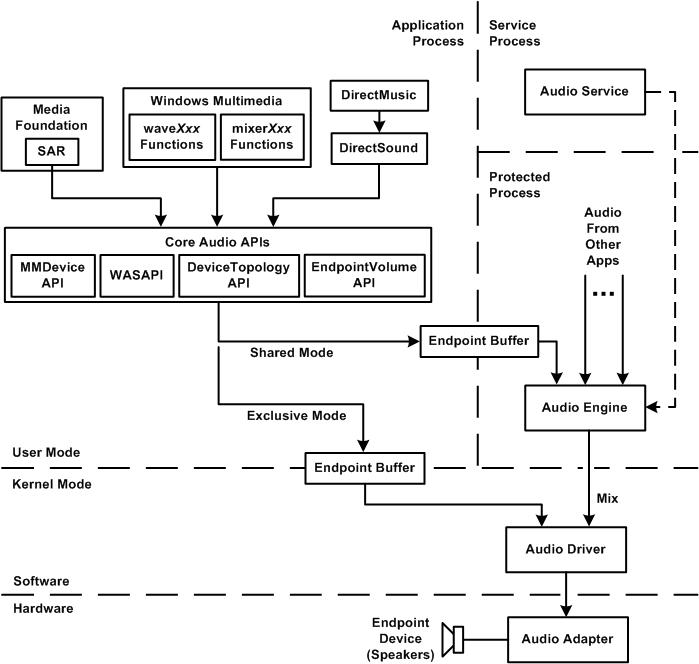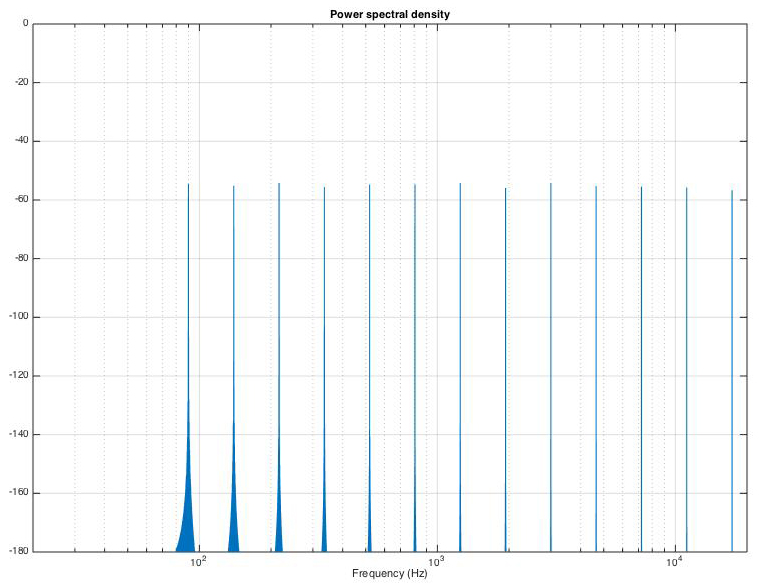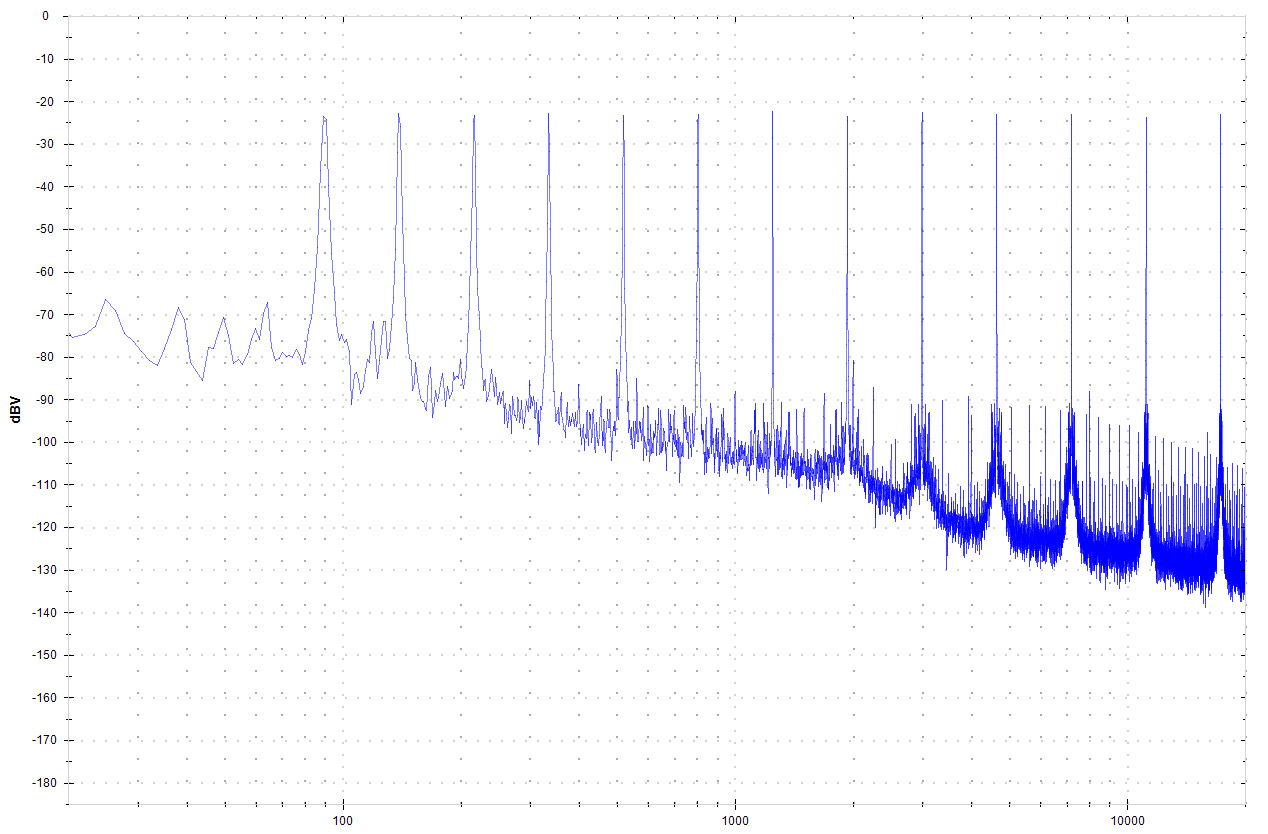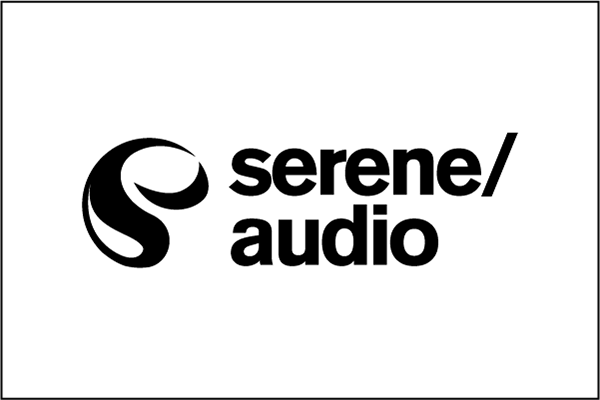Sound clarity score
other posts
-
Mar 30, 2016
Headbanging jitter
-
Nov 16, 2015
how good is bluetooth audio at its best?
-
Sep 21, 2015
what does jitter ACTUALLY sound like?
-
Aug 22, 2015
Is the loudness war a myth?
-
Jul 31, 2015
Are all toslink outputs equal?
-
Jun 24, 2015
How good is your macbook's audio out
-
May 29, 2015
Let the journey begin
Do you feel eerie about computer audio? So did we! Let’s change this. Last month, I visited the Vancouver Audio Show. It was amazing to see boutique audio companies now making products to serve the digital music consumer. Those companies that otherwise would have clung to the old and familiar world of analog audio have felt the force of the market and are now making music streaming receivers, internet radios, media servers, and so on. The truth is, everyone is consuming music digitally these days because having your music collection at your fingertips is very convenient. So, there is an explosion of digital audio products, and audiophiles have to adjust to this change too.
At Serene Audio, we are all about embracing new ways of enjoying music, all of which involve a computer in one way or another. However, sound lovers like to know how their sound systems work, and computer audio is immensely more complicated than anything that came before it. Just think about it: when you play a song on your computer there is a slew of software and hardware working together to play your music. The hard drive, processor, memory, sound card, music player software, operating system’s audio subsystem…
Check out Windows Vista’s audio subsystem in the diagram below

Isn’t that mind-boggling? God knows what happens to your music while it is traveling down that pipeline! And there are things like file formats, bitrates, bit depths, digital interconnects, and so on. It’s natural to feel eerie about computer audio.
Usually the first step for a computer audiophile to get good sound is to use a dedicated DAC (digital to analog converter). The reason is the built-in DAC (sound card) for most computers and laptops is subpar. But does an external DAC really help? How bad is your laptop’s audio out to begin with? Are all DACs the same? The market is full of them at a wide range of prices. How do you go about evaluating them?
Our customers ask us for DAC recommendations, so I decided to review DACs and publish them on our blog. I really want to avoid subjective terms to describe sound because they might mean different things to different people. Now, there are good measurement standards that engineers use to evaluate DACs, but there are two problems with those measurements:
1. They are hard to decipher, especially if you are not equipped with the necessary technical knowledge and YEARS of experience.
2. They don’t correspond well to human perception of sound. THD (total harmonic distortion) is a good example of that where high order harmonics whose presence is more detrimental are not represented.
My solution was to devise a measurement that is easy to understand because it only generates one number. It also has a high correlation with human perception of sound quality because it measures things that matter to humans, not the lab equipment.
In order to correlate well to the human experience, the measurement has to take into account one type of distortion that is arguably the most detrimental to perceived audio quality: intermodulation distortion (IMD for short). The reason it is so detrimental is because the tones that are generated by IMD are not harmonically related to each other, so they stand out like an auditory sore thumb.
The problem with most standard tests is that they use one or two pure tones at a time. This is to simplify the analysis of the results, but two pure tones have no resemblance to music. A single note on any instrument has many many tones. Just look at the frequency spectrum of a guitar playing A3. Each spike is a tone. You can see that A3, whose fundamental frequency is 220 Hz, has tones well up to 10,000 Hz.
So I decided to use a multi-tone test that would cover the entire audio spectrum. This would leave no stones unturned. Click to listen to the file; it sounds a bit like a bell.
Its frequency spectrum looks like this:

The test is conducted by playing back the multi-tone wave file through the device (say a DAC) at a certain volume and measuring its output. The output looks something like this:

As you might have noticed, the output of the device has extra tones that look like grass in between the original tones. They are the result of distortions in the signal. Now we measure the energy of these extra tones + noise. This give us one number that is the total distortion + noise, or TD+N. Comparing two DACs this way will tell you which one sounds clearer. It’s simple.
Higher is bad. Lower is good. It’s like golf!
This measurement doesn't tell you everything there is to know about a DAC. But, it measures what I consider to be the most important factor in determining sound quality for a DAC, its clarity. So I call it the Sound Clarity Score.
It also can be used to measure more than just DACs. So, we are going to measure the Clarity Score for everything that we can think of, and publish the results on this blog. Hopefully, we will elevate our knowledge of computer audio, bust some myths, make some people angry, and in the process bring some clarity to the world of computer audio .
Sia
I also should mention I didn’t come up with this measurement in vacuum. This test was inspired by the work of Deane Jensen (who was trying to achieve the same goal for vacuum tube amplifiers) and others. You can find Deane's paper here.
something delicious is cooking in our lab
Access early bird offers and updates on our new and exciting product, coming soon on Kickstarter.

